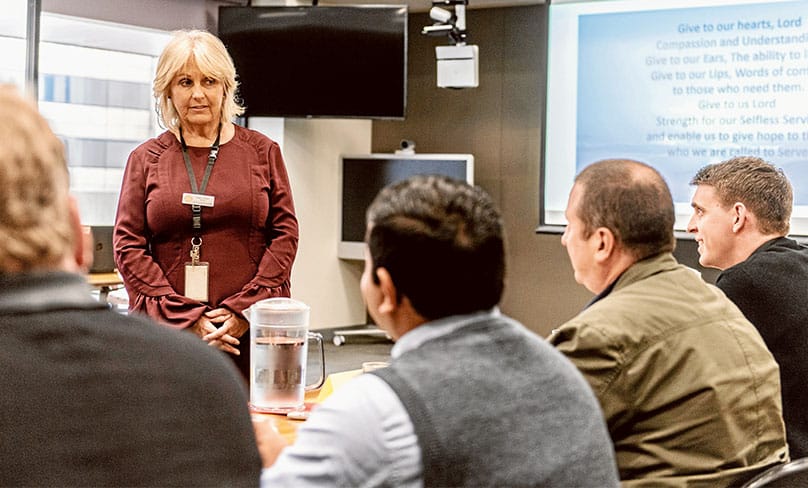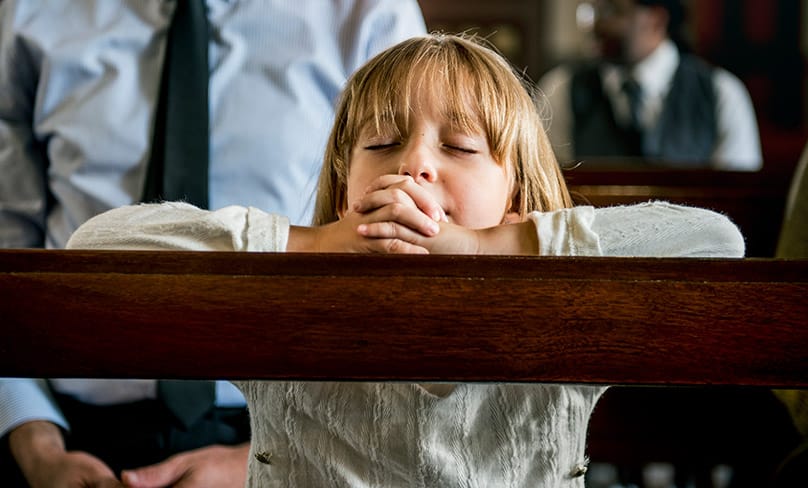“Heads, I win; tails, you lose” is a game that has the ability to confuse a slightly naïve or distracted opponent because they usually have no idea that the rules have been set up so that they are incapable of winning.
It’s a fun party trick. It’s not so fun when the game is played by government officials against the Church.
A couple of weeks ago, the Victorian Commission for Children and Young People (CCYP) released statistics around its reportable conduct scheme, which has been in operation since 1 July 2017.
The scheme requires certain allegations of sexual offences and misconduct, physical violence, significant emotional or psychological harm against, and significant neglect of children to be reported to the CCYP by the head of an organisation.
While the conduct complained about can be historic, reports to the CCYP are only required if the allegation was made, or re-made, after the scheme commenced.
Reports are not required to be made if the accused is deceased, or if they ceased their employment at the relevant organisation prior to the scheme’s introduction.
According to the CCYP data, the top five sources of notifications of reportable allegations since the beginning of the scheme were out-of-home care (647 notifications, or 40 per cent of the total); education (447 notifications, or 28 per cent of the total, split fairly evenly between government, Catholic and other independent schools); early childhood (174 notifications, or 11 per cent of the total, which is significant, given early childhood sector only joined the scheme this year); youth justice (98 notifications, or 6 per cent of all notifications); and religious bodies (88 notifications, or 5 per cent of the total.)
The publicly available data is not broken down further into specific religious groups, so we don’t know how many of the 88 allegations, if any, relate to the Catholic Church.)
It would be reasonable to look at these figures and conclude that religious groups have improved their safeguarding processes in recent years, and that the out-of-home care and education sectors require further attention from government and government agencies.
But the CCYP didn’t look at the data this way, and instead provided the following explanation for the low number of reported allegations from religious bodies:
“There was an increase in notifications from religious bodies in 2018–19. However, numbers remain concerningly low and seem inconsistent with the large numbers of religious bodies in Victoria and data on sexual abuse presented by the Royal Commission into Institutional Responses to Child Sexual Abuse.”
The media release accompanying the report quoted Children and Young Persons Commissioner Liana Buchanan saying that she was concerned about the low reporting in “health, disability and religious organisations” and said that one of the themes identified in the report was the “need to ensure all religious organisations prioritise child safety over religious practices.”
These lines were what the media extracted from the 124-page report and used to make claims that there was still a cover up occurring.

The Fairfax article about the report was titled: Child sex abuse still being hidden, warns watchdog, and the article opened up with the words: “Victoria’s commission for children fears many cases of abuse are still being kept secret, despite religious groups reporting 88 cases of sexual and physical abuse in the past financial year.”
If you take a closer look at the numbers, it is clear that the media focus on religious groups is misplaced, and the CCYP concern that the low number of reported allegations points to a cover up is disingenuous. Of the 88 allegations reported to the CCYP by religious groups, only six of these were found to have been substantiated after an investigation.
This is compared to an average of 31 per cent of allegations investigated being substantiated across all sectors.
I would suggest that rather than pointing to underreporting by religious organisations, the low proportion of reports from religious groups that were found to be substantiated by the Commission after an investigation seem to indicate that religious organisations are over-reporting, and informing the CCYP about complaints that, on balance, largely end up being unsubstantiated.
The data points to a culture within religious bodies that is highly responsive to allegations of child harm, and highly compliant with the mandatory reporting laws that govern those allegations.
The data points to churches that have taken heed of what was revealed by the Royal Commission and taken steps to address it.
But the churches exhibiting best practice in safeguarding doesn’t make for a good story.
Instead, the CCYP and the media set up the narrative in a way that means the church can’t win: if the number of allegations reported by religious groups is high, they get to claim that the churches have learned nothing.
When the number of allegations reported by religious groups is low, they claim that the culture of cover up still exists.
They leave no room for the possibility that churches care deeply about child safeguarding and that our procedures are actually working.
They’re trying to get us to play the game of “heads, I win; tails, you lose.” We can’t let them. We need to call them out on this because we are neither naïve nor distracted.

